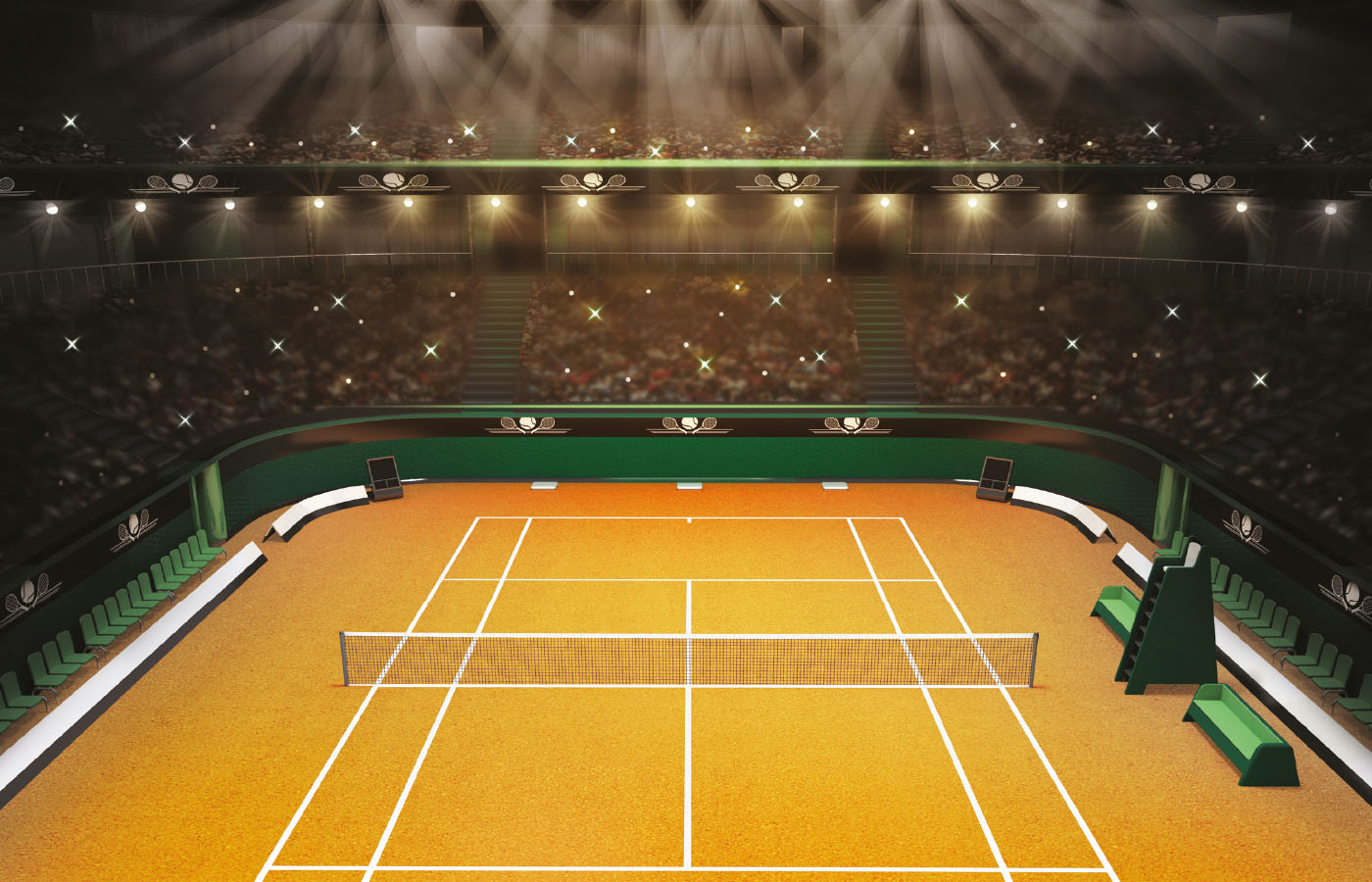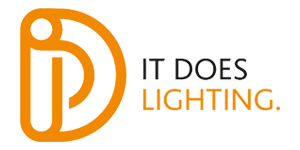LIGHTING: Sports

How to light up your sports centre.
We’ve all seen that eerie glow from badly aimed floodlighting at a local sports pitch. There is a misplaced idea that pointing luminaires up into the air spreads light further, when all it really does is push light upwards. The local residents and ecology are unlikely to be happy about this, and rightly so. This should, however, be a thing of the past. We have no end of quality, well-designed luminaires available to us as designers, and with the advent of LED technology we can now control light in ways that were previously extremely hard to do.
Beware of budget, poorly designed LED products making ‘low glare’ claims, as this is not usually the case. Single chip LED units with no optical control or lens are unlikely to perform well, and are not ‘technical’ products. If you want to be safe, go for something with actual photometric data, so that a professional design can be produced. It should also include vertical or cylindrical illuminance to ensure that all aspects are correct, and the floodlights should not be aimed too high, as this means that the light source can be seen from miles around. If your product specification resembles image three, you are unlikely to be able to focus the light where it’s required, and your glare issues may be greater than anticipated.
If you want to do a good job and have fewer issues after installation, use a product where the LED light source is not visible. It should be controlled with optics and have a good luminous efficacy (lm/W). A high quality product will have a heat sync to ensure its lifetime is in line with the long life we all now expect from LED lighting. If you can’t see the source, then you are unlikely to experience glare, and your scheme is more likely to sail through planning applications.
The tilt of the luminaire is a critical consideration. It’s a myth that increasing the upward tilt increases the spread of light; height of installation and a quality optic are the only things that can do that – it’s simple physics. A well-designed scheme strives for excellent uniformity. The higher your mounting height, the lower the aiming angle you need to employ, which increases uniformity and reduces glare. It’s a win-win.
Shields and baffles are not usually required nowadays, as LED optical performance lacks the previous issues with High Intensity Discharge (HID) lamps, and contains light to the required photometric footprint. If it is required in sensitive areas, some manufacturers do still supply them as options. Be sure to check the accessory list before you specify your product, so you are not caught out once they are installed. A professional design will always give you added comfort, and will ensure that light ingress, spill and glare are measured during the design process before you go ahead. This will minimise the risk to you and the client.
The colour temperature of your LED luminaire should remain at the warm end of the spectrum, with 3000K being optimum. It should certainly be no higher than 4000K, especially if there are sensitive ecology receptors within the vicinity. Colour rendering is only really a consideration if TV coverage is expected. This application also has more design parameters to consider, and a design should never be attempted by anyone other than a competent lighting designer.
Floodlighting of a sports pitch or facility is complex, and involves many challenges. Ideally, it should always be undertaken by a competent lighting professional, as the consequences of getting it wrong may well be addressed legally as well as through planning. Light released into the atmosphere or people’s homes causes nuisance and distress, and is viewed unfavourably by all councils. Rectification can be costly, should it be found to be unacceptable, so the best advice is to play it safe and use a professional.

